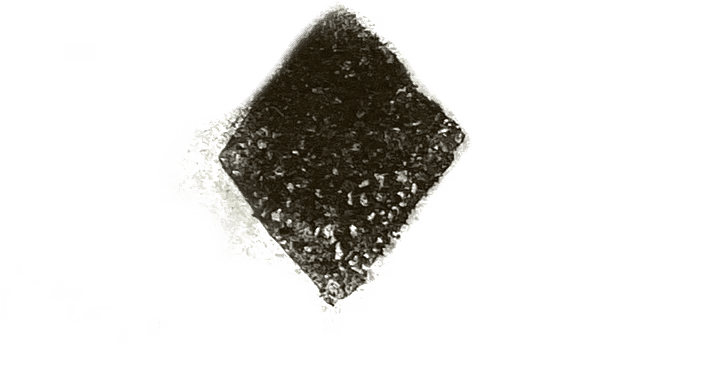Luc van der Walt is a Cape Town-based abstract painter whose practice explores memory, energy, and the unseen. He holds a Fine Art degree from Nelson Mandela University and has worked across Africa and the Middle East, using art to engage with vulnerable communities in conflict-affected areas and refugee camps. In addition to his studio practice, he is also the founder of Flowers for Africa, a non-profit initiative focused on creative expression as a means of connection. He has held solo exhibitions at 3rd Eye Gallery and Kelvin Corner Gallery in Cape Town, as well as the National Gallery of Namibia. His work is currently exhibited at Artvark Gallery and Lim Interiors in Cape Town, and Begin Interiors in Johannesburg.
Luc approaches painting as an alchemist, gathering and grinding stone into pigment, mixing earth, sand, and charcoal into his own elemental language. His studio practice is deeply tied to the land—each painting begins with raw material gathered from the Southern Peninsula of Cape Town, Karoo clay gifted by a friend, or beach sand from his local Noordhoek. These ancient substances hold memory; their presence is not incidental but integral. The act of grinding, binding, and layering is as much about transformation as it is about mark-making—each canvas becomes a kind of ritual, a way of listening to what the earth and his instinct has to say.
His work carries the weight of these materials. The colour palette is unmistakably earthen—shades of umber, ochre, and bone-white, punctuated by deep charcoals and the occasional warmth of rusted iron. These hues emerge not from tubes of paint but from the ground itself, embodying a sense of place and deep time. In his process he sands, scrapes, and builds texture, allowing the paint to crack and settle like parched soil. The paintings feel sculptural, their surfaces marked by organic erosion and deliberate excavation.
Symbolism weaves through the compositions—plants stretching toward unseen light, mythological animals, and repeating diamond motifs that shift meaning as they recur, like an evolving visual dialect. His paintings are not planned in the traditional sense; they unfold intuitively, responding to unseen forces. He "throws the bones" onto the canvas, letting the work guide him. When a piece begins to resonate, he steps back and lets it settle. If its presence strengthens over time, it is finished; if it fades, the process continues. Through this, the paintings become more than objects—they are artifacts of a lived and deeply felt experience, invitations to step into a world both ancient and immediate.



